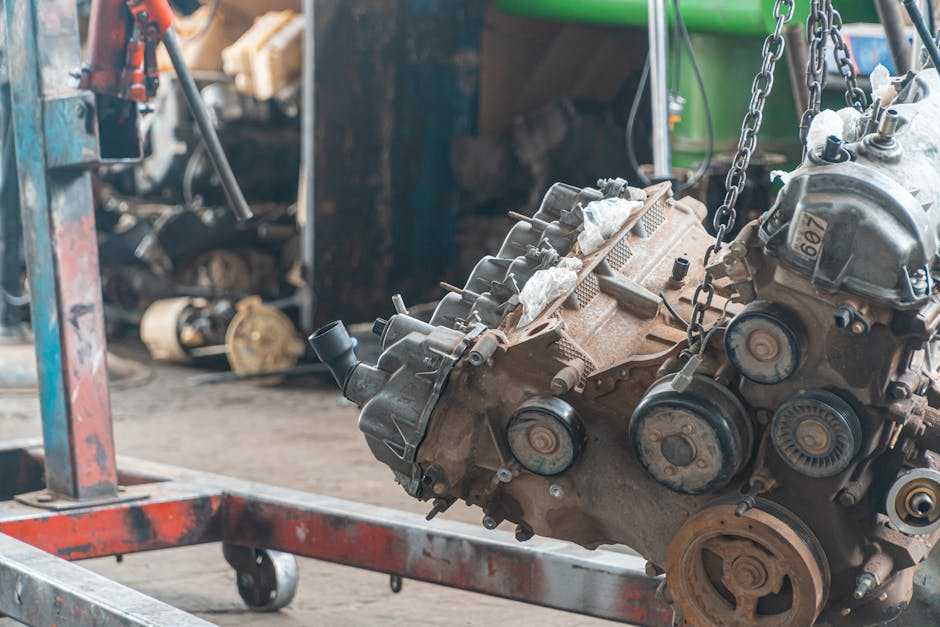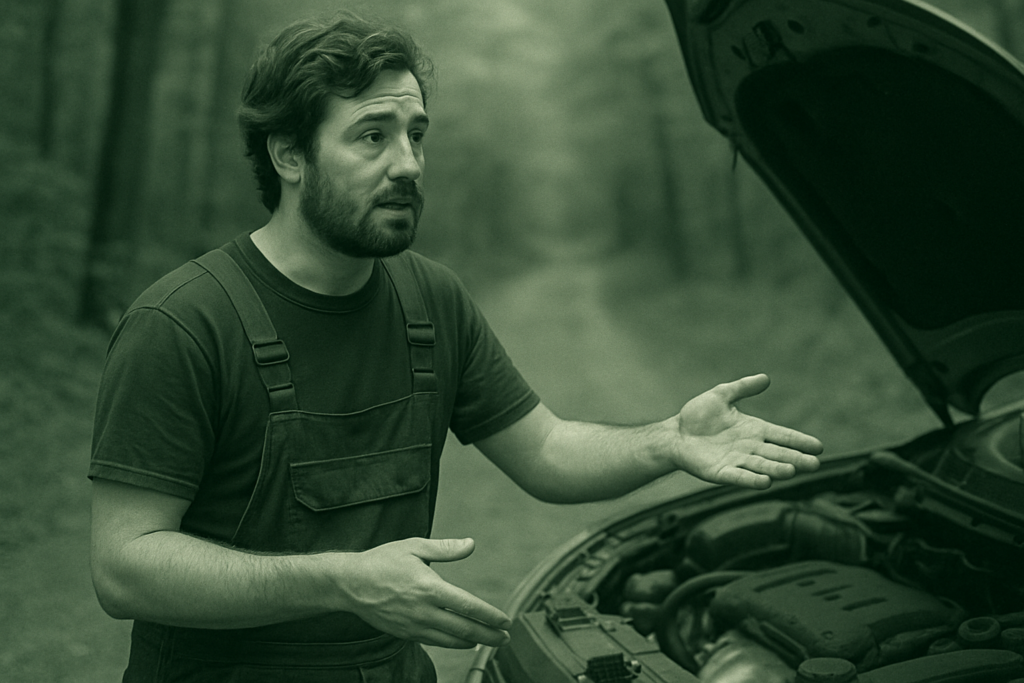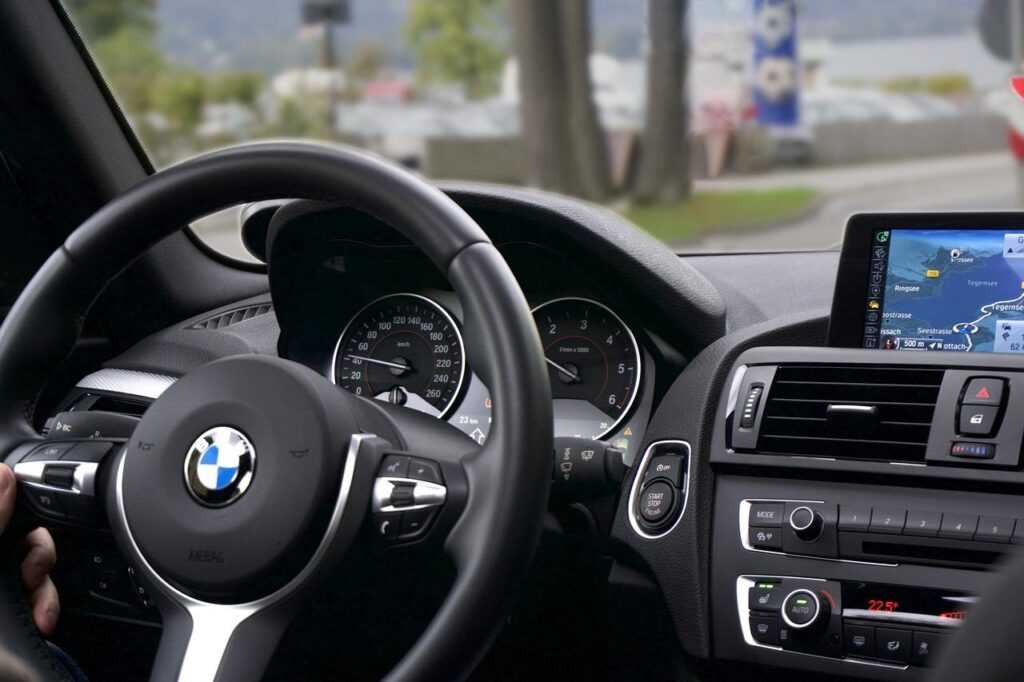Check and Change Your Oil Regularly
Oil is the lifeblood of your engine. Let it go too long without a change, and things get ugly fast. Stick to what your owner’s manual says usually every 5,000 to 7,500 miles, though some engines and synthetic oils can stretch longer.
Equally important: use the oil your car was built for. That means checking viscosity (like 5W 30) and whether it should be synthetic, conventional, or a blend. Using the wrong type can wear out your engine faster, reduce fuel economy, and even void your warranty.
Fresh, clean oil does more than lubricate. It cools internal parts, keeps the engine clean, and helps improve gas mileage. Skip it, and you’re setting yourself up for expensive repairs down the line. Bottom line: regular oil changes cost a little now but save a lot later.
Keep an Eye on Tire Health
Your tires don’t ask for much, but ignore them and you’ll feel it in your ride, your fuel economy, and your wallet. Rotating them every 5,000 to 8,000 miles helps avoid uneven wear, which means they’ll last longer and grip better. It’s basic, back to basics stuff that makes a real difference.
Check tire pressure once a month. Preferably in the morning when they’re cold. Underinflated tires wear faster and burn more gas, while overinflated ones give you less control. Keep a pressure gauge in the glove box it beats guessing.
Also, don’t skip alignment. If your car pulls to one side or the steering wheel feels off center, get it checked. A well aligned vehicle drives smoother, saves your tires, and keeps you safer on the road.
Monitor Fluid Levels Beyond Just Oil
Oil gets all the attention, but your car runs on a full mix of essential fluids and ignoring them is a fast track to trouble. Brake fluid, coolant, transmission fluid, and even windshield washer fluid all play specific roles in keeping your vehicle functional, safe, and reliable.
Let’s keep it simple: low brake fluid can mean no brakes. Skimp on coolant, and your engine overheats. Transmission fluid slipping? So will your gears. And while washer fluid seems minor, driving blind behind a dirty windshield isn’t a great plan.
Check fluid levels on a regular basis monthly if you can swing it. Top them off as needed, and look for signs of leaks around your garage or driveway. If a reservoir keeps running low, don’t just refill it find out why. A few minutes under the hood could save you from a major breakdown.
Replace Air Filters on Schedule
Air filters might not be flashy, but they’re essential. The engine air filter keeps dirt out of your motor, while the cabin filter traps dust and pollutants from the air you breathe. When either one gets clogged, performance takes a hit.
A dirty engine filter restricts airflow, which makes your car work harder and burn more fuel. That means lower gas mileage and sluggish response. The cabin filter? That’s about comfort if it’s packed with gunk, your HVAC system strains, and interior air quality drops.
The fix is simple: replace them on schedule, or sooner if you drive in dusty areas. They’re cheap some cost less than a tank of gas and take minutes to swap. It’s an easy win for both your wallet and your engine’s health.
Inspect Belts and Hoses

Belts and hoses aren’t flashy, but they do some heavy lifting under the hood. Belts drive crucial systems like the alternator and water pump, while hoses carry fluids that keep the engine cool and the brakes working. Cracks, fraying, or bulging are classic early warnings. Ignore those and you’re flirting with a roadside breakdown.
A snapped serpentine belt or a busted radiator hose can halt the whole show no warning lights, no second chances. That’s why it’s smart to check them during every oil change or routine inspection. Most shops will take a quick look while you’re there. If they suggest a replacement, they’re not upselling they’re saving you from getting stranded.
Don’t wait for steam to pour out of your hood or a loud snap to get your attention. A quiet peek under the hood can save you a big headache later on.
Don’t Ignore the Battery
Your car’s battery is easy to overlook until it’s the reason you’re stuck in a parking lot. A little preventive maintenance goes a long way in keeping your battery healthy and your vehicle dependable.
Signs and Upkeep You Shouldn’t Skip
Stay on top of your battery’s condition to avoid unexpected failures:
Clean the terminals regularly to remove any corrosion. Buildup can interfere with the connection and shorten the battery’s lifespan.
Test the battery’s charge, especially before the colder months. Low temperatures can drain battery power and make it harder to start your car.
Look for swelling, leaks, or a low cranking sound, which may signal a failing battery.
Know When to Replace It
Even if your battery seems fine, it’s smart to plan ahead:
Replace your battery every 3 to 5 years, even if it’s still functioning. Battery performance declines over time, often with little warning.
Keep a record of your battery’s age and any issues to help you decide when it’s time for a new one.
Routine battery maintenance is a small step that can save you from major inconvenience later.
Maintain Your Brakes
Brakes are one of the most critical safety components in your car. Staying proactive with brake maintenance can help prevent dangerous situations and expensive repairs down the line.
Warning Signs to Watch For
Don’t ignore subtle or unusual sounds your car might be trying to tell you something.
Listen for squealing, grinding, or scraping noises when braking
Pay attention to a spongy or less responsive brake pedal
Notice if the car pulls to one side when stopping
Inspection Intervals
Even if everything seems fine, regular inspections are key:
Have your brakes professionally inspected once a year or every 12,000 miles
Include brake system checks during routine tire rotations or oil changes
Why It Matters
Ignoring brake issues doesn’t just lead to more expensive repairs it puts your safety at risk. Worn out brake pads can damage the rotors, impact steering, and reduce your ability to stop quickly when it matters most.
Stay alert, stay safe: prioritize your brake system.
Check Your Lights and Wipers
It’s easy to forget these two things until you’re stuck in a downpour or your turn signal goes dark. Blown bulbs aren’t just annoying; they reduce visibility and can land you a ticket. Worn wiper blades? Same deal. In heavy rain or snow, they’re your first line of defense and bad ones turn a simple drive into a hazard.
Do a quick check every season. Walk around the car, flip on the lights, test the turn signals, and look at the brake lights. Swap out any bulbs that are dim or flickering. As for wipers, they take a beating in extreme weather. Replace them every 6 12 months, or sooner if they start streaking or skipping. Sharp visibility can’t be optional.
Taking five minutes today can prevent bigger problems tomorrow.
Stick to the Manufacturer’s Maintenance Schedule
Think of your car’s maintenance schedule as more than a list it’s the blueprint for keeping everything running right. It’s easy to ignore, but skipping recommended intervals can mean missing small problems before they turn into expensive repairs. This schedule isn’t put together on a hunch; it’s based on thousands of hours of engineering and real world performance testing.
You’ll find the full scoop in your owner’s manual. Most people never read it, but it’s quietly doing MVP work. Whether it’s when to replace your timing belt or how often to flush the transmission fluid, that manual keeps things from falling apart unexpectedly. Sticking to the schedule isn’t optional if you want longevity, reliability, and fewer surprises at the mechanic.
Keep It Clean
Cleaning your car shouldn’t be an afterthought it’s a form of preventive maintenance that protects your investment.
Exterior: More Than Just Shine
Regular washing and waxing do more than keep your car looking sharp. They prevent long term damage caused by environmental elements:
Washing removes harmful residues like road salt, bird droppings, and grime that can cause corrosion.
Waxing seals the paint, protecting against fading, scratches, and rust.
Undercarriage washes are especially important in cold climates to prevent salt buildup and rust.
Interior: Value That Lasts
Maintaining your car’s interior also plays a key role in preserving resale value and comfort.
Vacuum carpets and seats regularly to prevent stains and odors.
Use floor mats to protect from dirt and moisture.
Clean and condition leather or vinyl surfaces to prevent cracking and fading.
It’s About Durability, Not Just Appearance
Keeping your car clean isn’t just cosmetic. It’s a practical way to extend its life, avoid future repairs, and enjoy a more pleasant ride every day.
For even more essential advice on boosting vehicle longevity, don’t miss this guide to maintaining smooth car performance.



